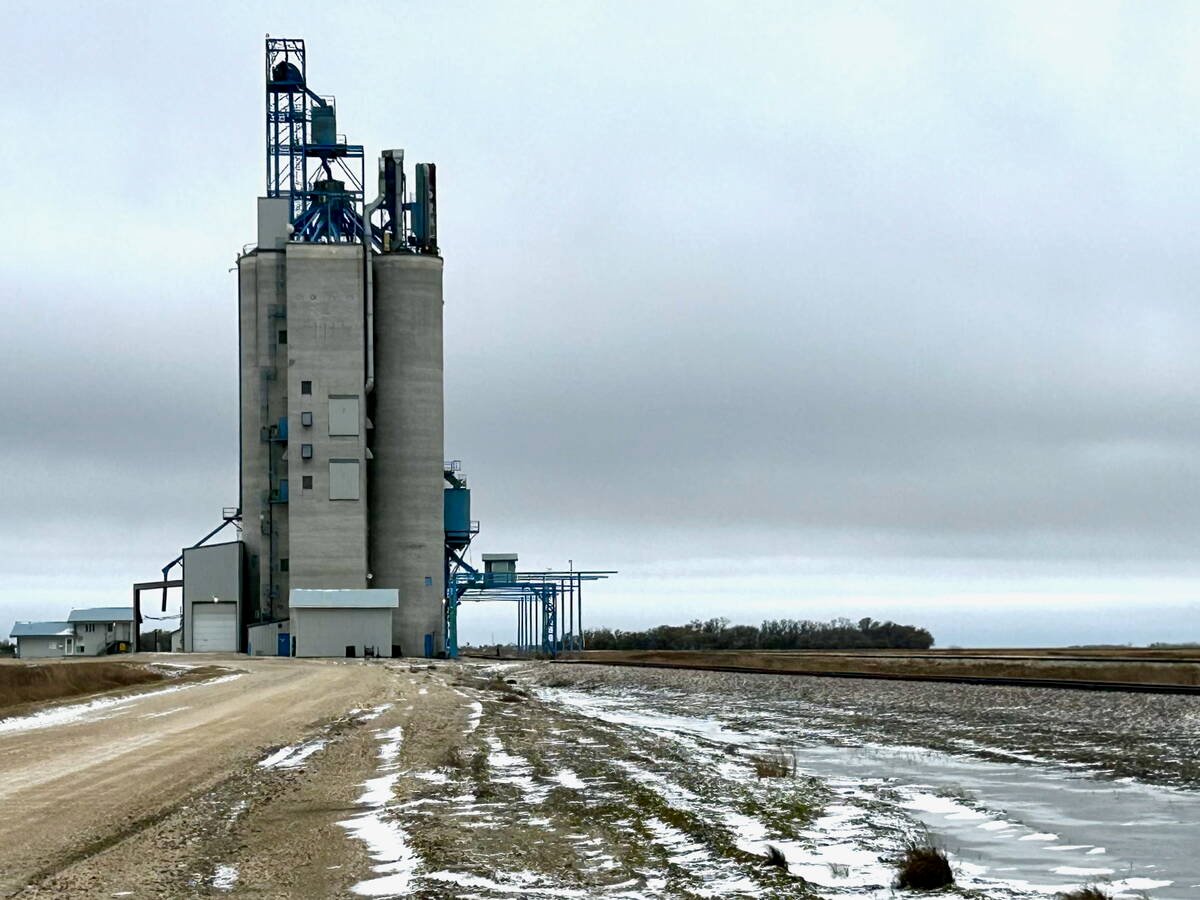Temporary foreign workers are still controversial.
A Nanos/Globe and Mail poll released in late August found that 45 percent of Canadians are against allowing temporary foreign workers into the country if Canadians are qualified for those same jobs and looking for work.
Only seven percent of Canadians who responded to the poll fully support temporary foreign workers.
The public’s hostility to foreign workers makes life difficult for federal politicians, who are trying to find a balance between the needs of businesses and the needs of Canadians seeking work.
Read Also

Manitoba grain elevator ownership expands
Carman-based Linear Grain buys Fannystelle elevator from Bunge, another three elevators sold to Morden’s BP & Sons Grain and Storage Inc.
As part of that balancing act, the federal government announced in December that employers who hire foreign workers must make additional efforts to recruit Canadians.
“The government will require low-wage employers, where appropriate, to advertise to more than one, and up to four, under-represented groups in the workforce — youth, persons with disabilities, Indigenous people and newcomers,” the government said in a news release.
Ron Davidson, director of international trade and government relations with the Canadian Meat Council, said this requirement is unlikely to have a significant impact on the meat industry.
Slaughter plants are highly dependent on temporary foreign workers because firms cannot convince Canadians to work at slaughter plants.
Davidson said most meat processors are already reaching out to all groups of Canadians.
“On paper it doesn’t sound like it’s an unreasonable thing to ask,” he said.
“If you have an indigenous reserve in the region, they want you (the company) to advertise there. If there is some group of new immigrants in the region, they want you to advertise (to them).”
Companies are already working with First Nation communities to recruit new workers.
Hylife Foods, which operates a pork processing plant in Neepawa, Man., has been collaborating with the Sandy Bay First Nation on a training program for meat cutters.
“The interest … is really, really high,” Sandy Bay Chief Lance Roulette said in March. “We had about 52 women that applied specifically for that (program).”
A requirement to recruit under-represented groups was just part of Ottawa’s announcement on temporary foreign workers.
The government is working on a more comprehensive reform of TFWP, which will be unveiled in the new year. The government hinted at potential changes in its news release.
“The government is committed to further developing pathways to permanent residency so that eligible applicants are able to more fully contribute to Canadian society.”
That line should be encouraging news for the agri-food sector.
In 2014, the Conservative government cut the time that foreign workers can stay in Canada.
Now, foreign workers in most industries can stay in the country for only two years: a one-year work permit plus a one-year extension. Previously, they could stay four years: a two-year permit plus a two-year extension.
Meat industry leaders and representatives of other sectors said the change “broke the path” for temporary foreign workers to become permanent residents of Canada. Two years isn’t enough time for many workers to learn English and meet the residency requirements.















